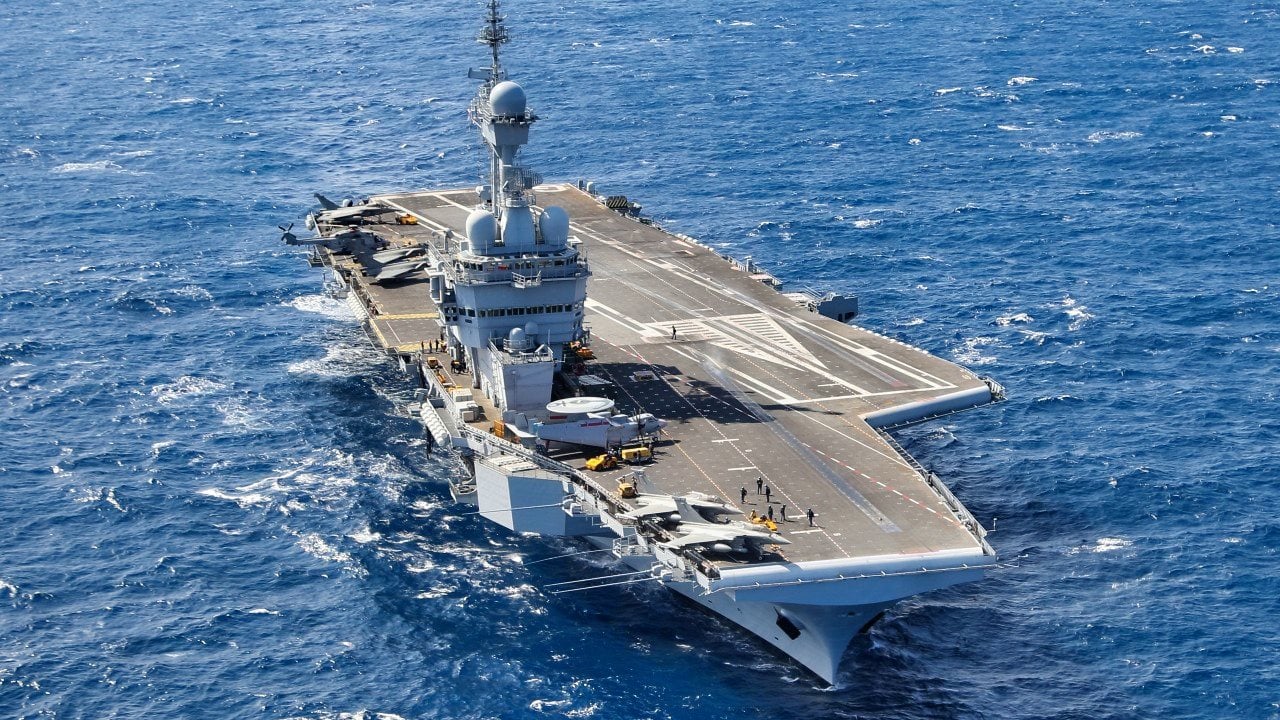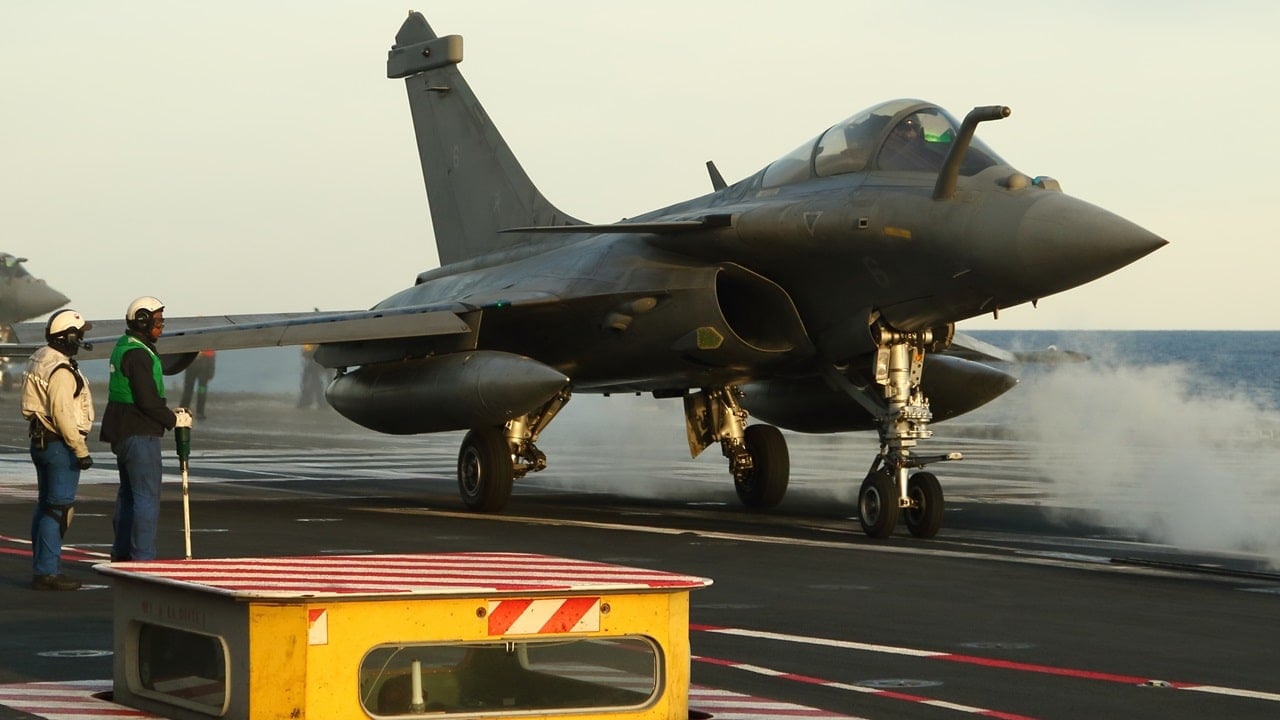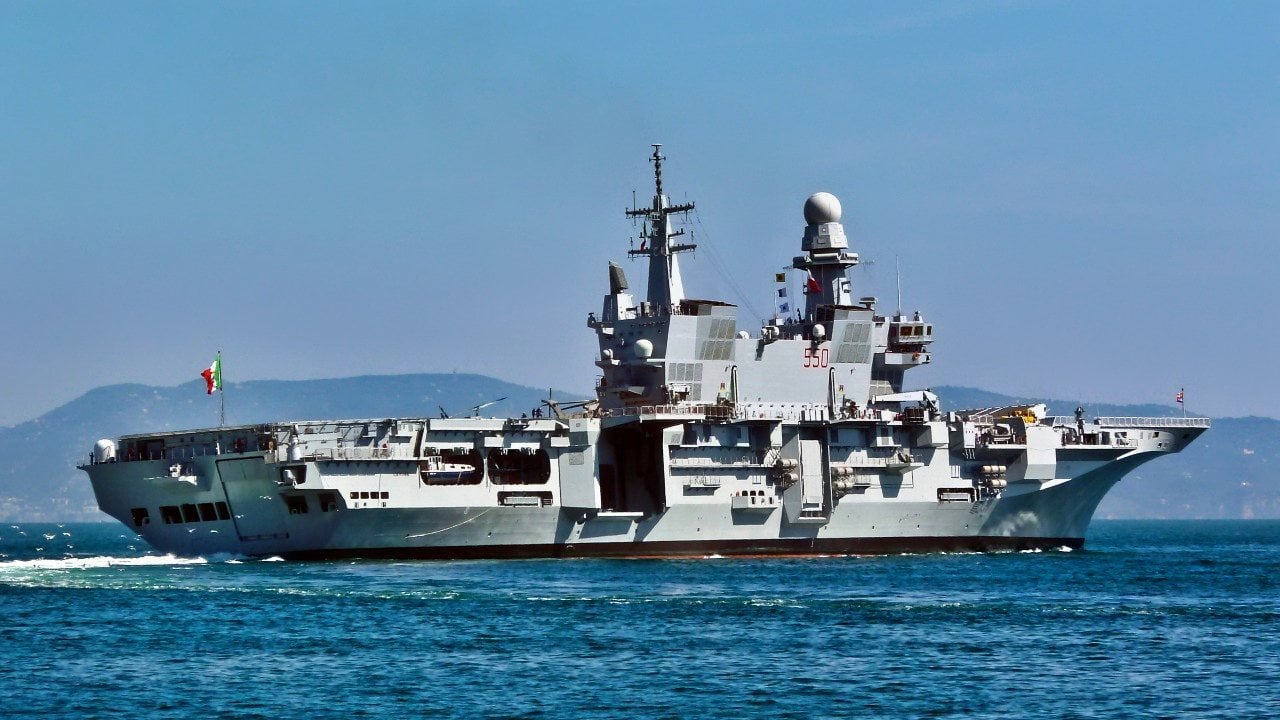What You Need to Know: France’s nuclear-powered aircraft carrier, Charles de Gaulle, is preparing for a significant Indo-Pacific mission, dubbed “Clemenceau 25.” Following the Italian carrier ITS Cavour’s recent deployment, Charles de Gaulle could strengthen NATO’s presence in the region, potentially making port calls in Japan and the Philippines.

-Supported by the new Jacques Chevallier replenishment ship, the mission underscores France’s global reach and commitment to regional stability.
-With a catapult launch system similar to U.S. carriers, Charles de Gaulle brings unique capabilities, showcasing NATO’s resolve to maintain a strategic presence in the Indo-Pacific amid rising tensions.
Another NATO Aircraft Carrier is Heading to the Indo-Pacific
Even as the United States Navy’s fleet of aircraft carriers has been spread thin this year, leaving a gap at times in the Indo-Pacific, America’s NATO allies have helped fill the void. The Italian Navy’s ITS Cavour is now on the return leg of a multi-month-long deployment that saw the flagship aircraft carrier visit Japan, followed by joint exercises with the Royal Australian Navy.
The Maritime Nationale (French Navy) is now preparing for its own mission to the Indo-Pacific. Dubbed “Clemenceau 25,” it could see the French Navy’s flagship Charles de Gaulle travel to the Indian Ocean next year and possibly even to the Pacific. According to a report from Naval News, while the planning is still underway, the French carrier strike group (CSG) may possibly make port visits to Japan and the Philippines.
“The aircraft carrier happens to have a window of opportunity this year, so the preparation work [for the deployment] is starting to come together,” a senior officer told Naval News while noting that there are hurdles that will need to be overcome – notably the ongoing conflict in the Middle East. The French CSG could certainly support the U.S. Navy and other partners in the region, but the primary mission is to show the flag not to take part in major combat operations.

New Support Ship
Should the Clemenceau 25 carrier deployment to the Indo-Pacific take place, it would be an opportunity for Paris to put the capabilities of the LSS Jacques Chevallier to the test. The supply ship, which was developed as part of a joint Franco-Italian program, entered service last year.
The lead vessel of its class of replenishment ships was “named for the French engineer who pioneered the nation’s naval nuclear propulsion development and served as chief of the French military procurement office Délégation Générale de l’Armement (DGA) in the late 1980s,” Defense News reported.
Though such vessels don’t receive the fanfare of carriers and other surface combatants, the Jacques Chevallier class will enable the French Navy to carry out globetrotting deployments.
France’s Nuclear-Powered Flattop
The Charles de Gaulle is the only nuclear-powered aircraft carrier in service today that is not operated by the United States. It replaced the conventionally-powered Clemenceau in 2001, only entering service after what was seen as a troubled fifteen-year construction period. It is likely to remain in service until at least 2038.
The French flagship displaces just 40,000 tons and is similar in size to the U.S. Navy’s Wasp- Class amphibious assault ships. Unlike China’s People Liberation Army Navy (PLAN) Type 003 Fujian enters service, the Charles de Gaulle also remains the only non-American carrier-vessel to utilize a catapult launch system, which has allowed the vessel to operate with F/A-18E/F Super Hornets and C-2 Greyhound aircraft.
Author Experience and Expertise: Peter Suciu
Peter Suciu is a Michigan-based writer. He has contributed to more than four dozen magazines, newspapers, and websites with over 3,200 published pieces over a twenty-year career in journalism. He regularly writes about military hardware, firearms history, cybersecurity, politics, and international affairs. Peter is also a Contributing Writer for Forbes and Clearance Jobs. You can follow him on Twitter: @PeterSuciu. You can email the author: [email protected].
Image Credit: Creative Commons and/or Shutterstock.
